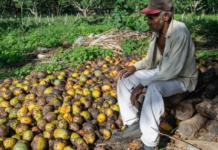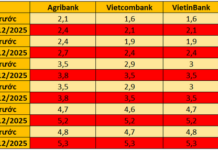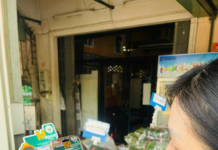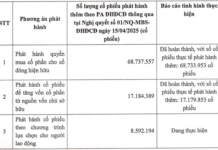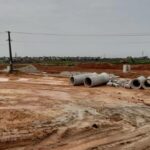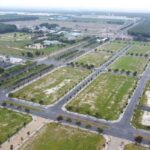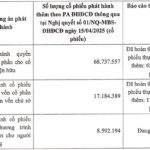
The Hanoi People’s Committee has recently approved a project to redevelop the Trung Tu, Kim Lien, and Khuong Thuong residential areas in Dong Da district.

After prolonged use, the buildings have developed structural issues, with deterioration evident on load-bearing elements, the roof, and the first floor. Unauthorized additions have impacted the integrity of the structures and affected technical infrastructure, including electricity, water supply, and drainage systems. Fire safety measures also fail to meet current standards and regulations.

Dong Da district recently held a conference to gather feedback from agencies, organizations, individuals, and the local community on the detailed planning for the redevelopment of these three residential areas, located in the wards of Khuong Thuong, Trung Tu, and Kim Lien.



According to the investor’s explanation, the projected population for the Trung Tu residential area is 8,200 people, with an additional 4,050 people in the surrounding areas. The proposed construction density for the entire area ranges from 30% to 60%, adhering to the urban planning ratio of 1/2,000 approved by Hanoi in 2012. While the minimum height remains at two stories, the maximum height has been proposed to double from the previous master plan, increasing from 24 to 48 stories.

Many buildings in the B3 Trung Tu residential area are in a state of disrepair, with walls and floors peeling, cracking, and a tangled web of electrical wires.

Speaking to Tien Phong, a representative from the Hanoi Department of Planning and Architecture confirmed that, according to the master plan for the capital’s construction until 2030 and with a vision towards 2050, the Trung Tu residential area is among those permitted for redevelopment into high-rise buildings, provided that the population density remains unchanged. “While the height can increase, possibly exceeding 48 stories, the number of apartments and population density must stay the same,” emphasized the representative from the Department of Planning and Architecture.

The Department of Planning and Architecture asserted that the urban planning also guides the principle of reducing density and increasing building heights for the redevelopment of old residential areas, without increasing the population. After the renovation, functional units should prioritize the addition of infrastructure, public facilities, and green spaces to enhance the living environment.

The Hanoi Department of Planning and Architecture has provided guidance and urged the People’s Committees of the districts, counties, and Son Tay town to implement the plan, especially focusing on the first phase of old apartment buildings as outlined in Decision No. 329 dated December 31, 2021, by the Hanoi People’s Committee. Regarding the news of the city’s plan to redevelop this residential area, many residents have heard about it but are not yet fully informed about the specifics of the project.
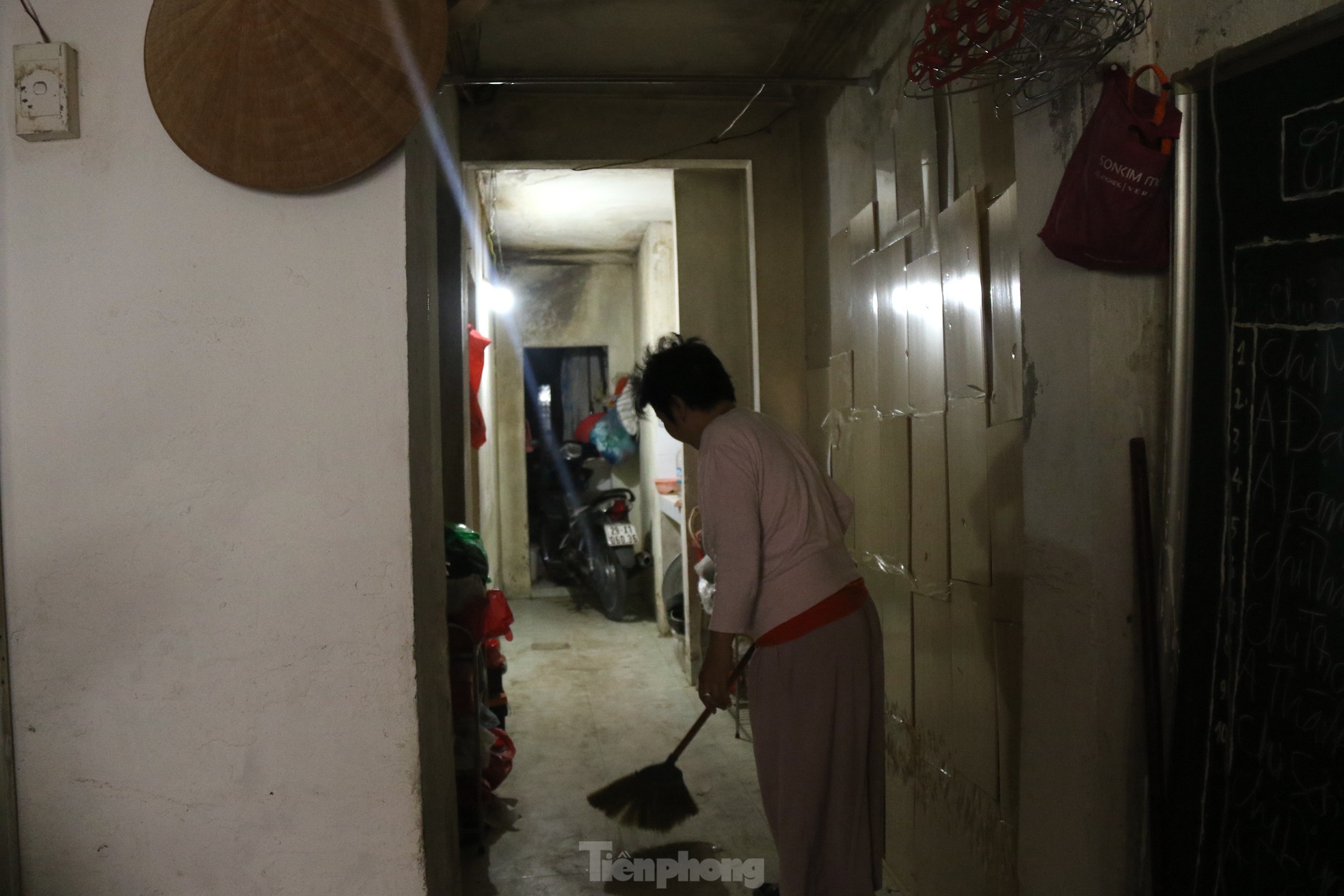
Ms. Ly (52 years old), a resident of the B3 Trung Tu residential area for 20 years, shared that the buildings have deteriorated over time. Her first-floor home frequently experiences dampness and severe leaks. “It’s common for rainwater to seep into neighboring units in this residential area. Many families have chosen to move out due to the poor living conditions. If the area is renovated and improved, it would be a blessing,” Ms. Ly expressed.

Ms. Thai Ha (30 years old), a resident of a fifth-floor apartment on Dang Van Ngu for over 20 years, shared that the buildings are in a state of disrepair, especially after the recent storms. “My family has planned to move elsewhere, but most residents in this area choose to stay because of the convenient location. We hope that the compensation will be equal to or better than that offered in similar inner-city areas to ensure the rights and benefits of the residents,” she added.

The Hanoi Department of Planning and Architecture affirmed that there are no longer any obstacles regarding the detailed planning for old apartment buildings in the area. The districts and counties must take action and collaborate with previous investors and the Hanoi Institute of Planning and Architecture to expedite the process, drawing on previous research and ideas to shorten the time required for the detailed planning phase…
MIK Group Pioneers International Standard Apartments at The Continental
As the first subdivision of the Imperia Signature Co Loa project – the most premium product line of the Imperia brand developed by MIK Group, The Continental represents a global standard of living with the Global-Residences apartment model, a first in Vietnam.
The Capital’s Land Sales Surge: Hanoi Witnesses a 40% Spike in Land Listing in October, Surpassing House and Apartment Sales
According to Batdongsan.com.vn, the Hanoi market witnessed a significant surge in listing postings during October across most property types. The most notable increase was observed in project land listings, skyrocketing by 39% compared to the previous month. Following closely behind, detached houses and apartment listings also experienced substantial growth, with increments of 26% and 25%, respectively, compared to September.





